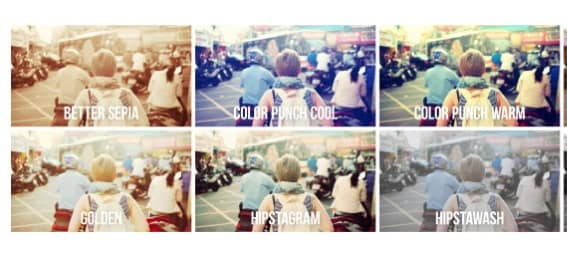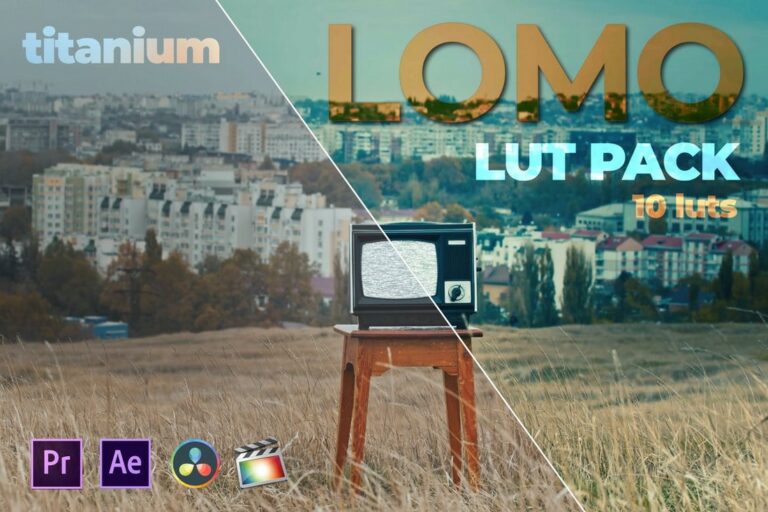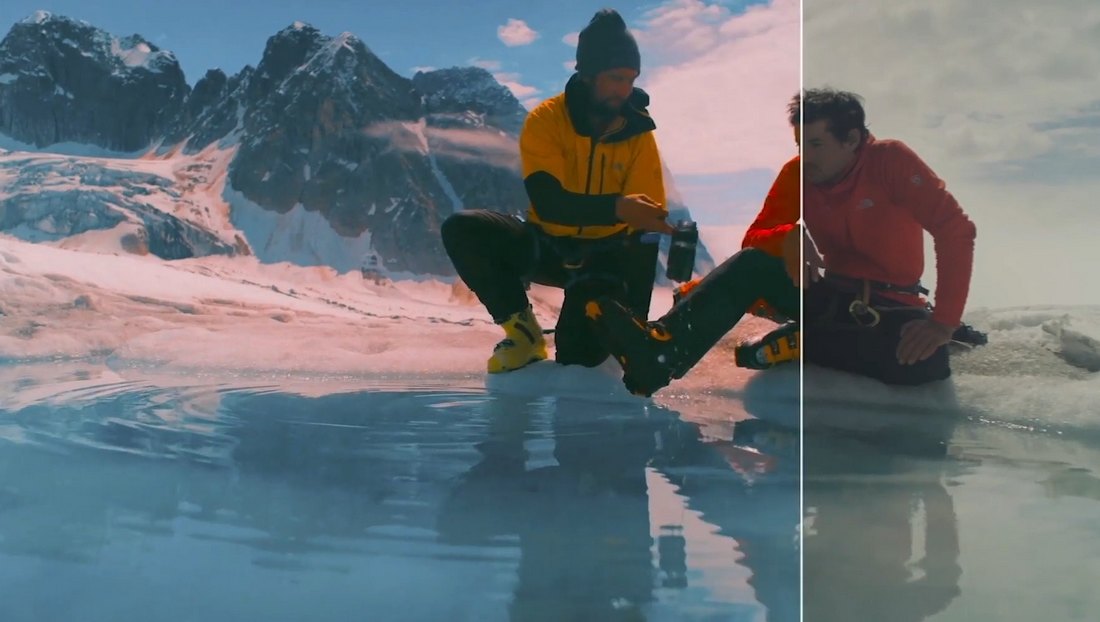

And make sure to run through your RED workflow. If possible, get access to or request footage from a camera test before-hand.

Then, decide whether you’ll need to make any color adjustments before transcoding proxies, creating dailies, or beginning the edit. Talk to your DP before the shoot and make sure you understand what to expect from the footage. The only time they can’t be changed is once you’ve baked a certain look into transcoded media because you’ll lose access to the RED metadata settings if you stop working in R3D files.
BEST LUTS FOR FCPX HOW TO
(You’ll learn how to access these settings in Premiere and FCP X below). Or by accessing the RED metadata in your NLE. They can be set in-camera and then changed in REDCINE-X Pro, Resolve. don’t actually affect the recorded data of the R3D file. Here’s the same R3D file, first as REDGamma4, then as REDLogFilm.Īll of these color settings are embedded as metadata.
BEST LUTS FOR FCPX OFFLINE
On the other hand, if you’re receiving REDLogFilm footage straight from the camera, you’ll very likely want to at least add a LUT or basic color correction for your dailies or offline edit because the image will look very flat and desaturated. As this will allow you to bring out more dynamic range in your footage. However, for color correction, you or your colorist may want to change your gamma space to REDLogFilm. This will help give the footage a watchable look for monitoring on set and for editing in post. They’re used to interpret the RAW image data for monitoring in-camera. These settings are often used as a starting point for color grading in the edit as well.įor example, the DP may set REDGamma4 as the gamma space in-camera.
BEST LUTS FOR FCPX FULL
While it’s not really necessary for an editor to understand the full range of these camera settings, it’s important to have an idea of what your footage will look like straight out of the camera.Ĭolor space and gamma space are typically chosen by the Director of Photography (DP). Regardless, you can use the same process to design your RED workflows for 4K, 8K, or any resolutions in between.

So unless you plan to go crazy with creating your own coverage in the edit, 8K is likely overkill. Most TVs, monitors, and projectors still max-out at a 4K resolution. Shooting in 4K or 5K rather than 2K can allow you to blow up a medium shot to create a close up in the edit, but the benefits from bumping your frame size up to 6K or 8K for a standard narrative or commercial project likely won’t outweigh the drag on edit speed and performance. But because of the current limitations of technology, there’s a point of diminishing returns. Resolution and Aspect Ratioīigger tends to be better in terms of resolution. Once you understand the moving parts of working with high-resolution RED footage, consider how changing one detail might affect another. Remember to always keep the big picture in mind when designing your RED workflows. But it’s your project that will dictate the optimal method for speed and flexibility. What to Know About RED Cameras Before the Edit

Whether your project is a feature film, short film, or commercial. In this article, you’ll learn how to design the optimal RED 4K workflows. And this means knowing how to handle the material in the edit is a must for success in post. Adjusting shot framing or creating coverage that wasn’t recorded on set can save a scene from the cutting room floor.īut shooting at high resolutions can create large and processor-intensive media files. Shooting at a 4K or higher resolution can be a life-saver in the edit. Before you dive into this article on RED workflows, you might want to check out this article on Shooting Raw.


 0 kommentar(er)
0 kommentar(er)
